Product Profile: Tea

Tea has been a very important part of the Indian culture. But there is no concrete documentation of the history of tea drinking in the Indian subcontinent for the pre-colonial period. It may have been mentioned in the ancient texts using a different referential name. It is speculated that tea leaves were widely used in the ancient India since the plant is native to some parts of India and many tribes claim to be using it for ages. Tea is credited to be originated in southwest China. Initially it was taken as a medicinal drink, later it got popularised as a recreational drink.
India is one of the largest tea producers in the world. As per the Statista consumer market outlook 2018, the average per capita consumption of tea in India stood at 0.7kg making it one of the biggest per capita tea consumer in the world.
As per the Tea Board of India statistics, total tea production in India stood at 1321.76 million Kgs in 2017 of which north India contributed 1087.11 million Kgs and 234.65 million Kgs was produced in south India. The bulk of India’s tea production is CTC (crush, tea, curl), at 90%, while orthodox (whole leaf) accounts for 8.4%. The rest comes from green tea. Tea plantations in India are mainly located in hilly areas of North-eastern and Southern States. The major tea-producing states in India are: Assam, West Bengal, Tamil Nadu, Kerala, Tripura, Arunachal Pradesh, Himachal Pradesh, Karnataka, Sikkim, Nagaland, Uttarakhand, Manipur, Mizoram, Meghalaya, Bihar, and Orissa. Tea production facilitation, certification, exportation, database and all the other facets of the tea trade in India is controlled by the Tea Board of India.
All types of tea plants are categorised scientifically under one plant named Camellia Sinensis. The differences between teas arise from processing (majorly), growing conditions, and geography. In common parlance, tea is classified in broadly 2 categories – green and black.
However based on the processing tea may be classified as –
| Colour after Processing | Wilting | Oxidisation |
| White | Yes | No |
| Yellow | No | No |
| Green | No | No |
| Oolong | Yes | Partial |
| Black | Yes | Yes |
| Dark/Puer | – | |
India’s Tea Trade Overview
India is a net tea exporter. India’s total tea export stood at US$ 769 million while import stood at US $ 39.5 million in 2017.
The top 5 countries to which India exports are-
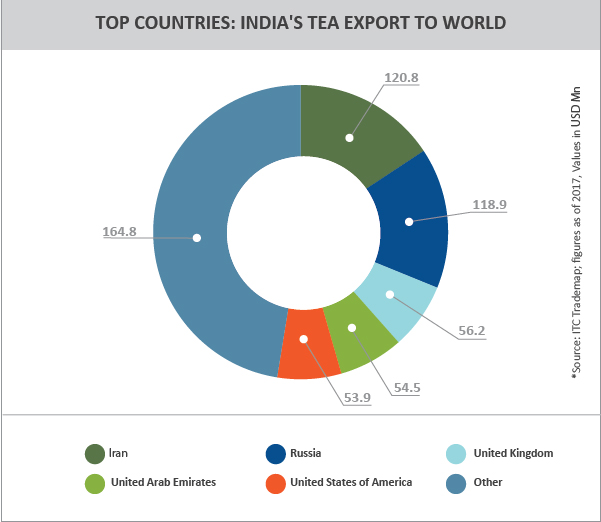
Top 5 countries from which India imports are-
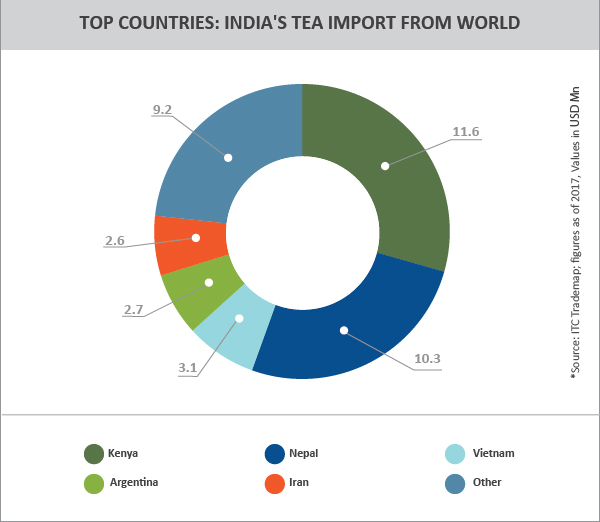
The trade data of tea can be categorised as black and green tea. More than 97% of the tea export from India is for black tea.
Category wise tea trade statistics is-
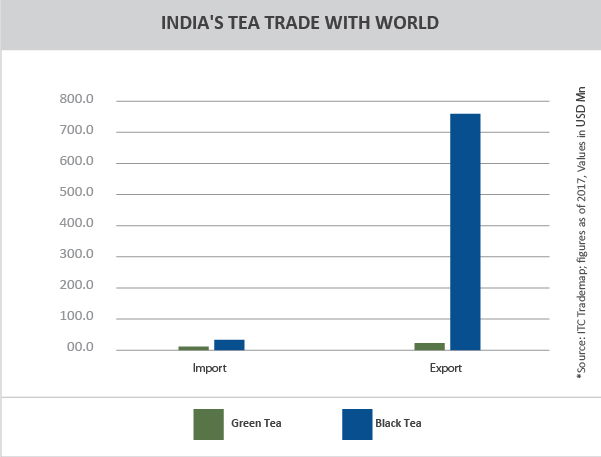
India’s green tea export was valued at US$ 18.8 million and black tea export was valued at US$ 750.2 million in 2017. Major importers of green tea from India are Germany, USA, UAE, Australia, United Kingdom and the Netherlands. Major importers of black fermented tea from India are Iran, Russia, USA, UAE, Kazakhstan, United Kingdom and Germany.
India also imported US$ 39.5 million of tea in 2017 of which 35.7 was black tea and 3.7 was green tea. Major exporters of green tea to India are China, Indonesia, Vietnam and Germany. Major exporters of black tea to India are Kenya, Nepal, Vietnam, Argentina and Iran.
Tea is the most consumed, one of the cheapest beverage among all the beverages available in the Indian market. Tea industry provides direct employment to more than a million workers and over a million are engaged in the tea industry indirectly. Most popular and widely recognised tea varieties produced in India are- Assam tea, Darjeeling tea, Nilgiri tea and Kangra tea. India commands premium in the world tea market for the mentioned tea varieties. India’s low production of orthodox variety of tea which is the preferred type pose a serious challenge to the industry apart from rising production cost. Tea is also losing out to other beverages such as coffee. But renewed focus on growing the market apart from incentives led push to the industry to move up the value chain may ensure its healthy future.







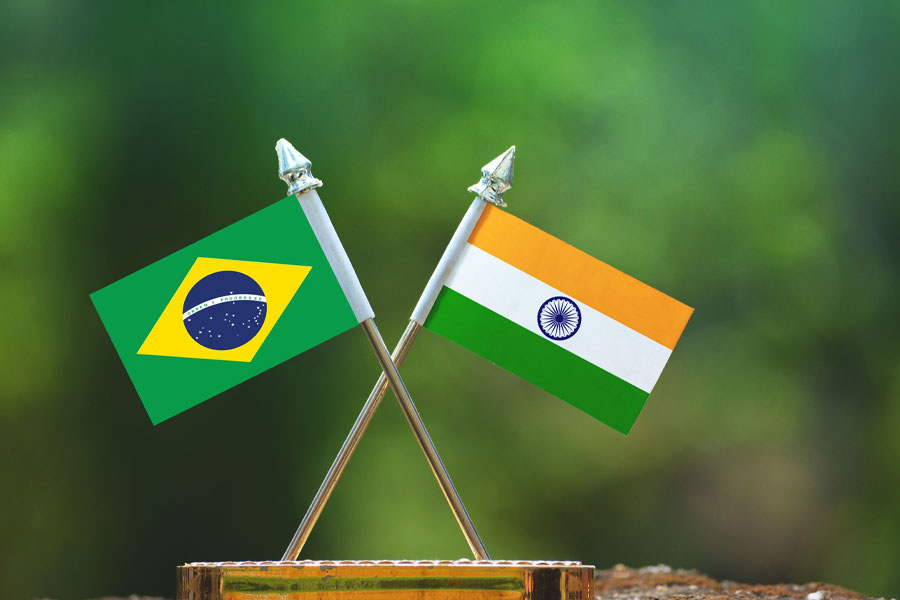
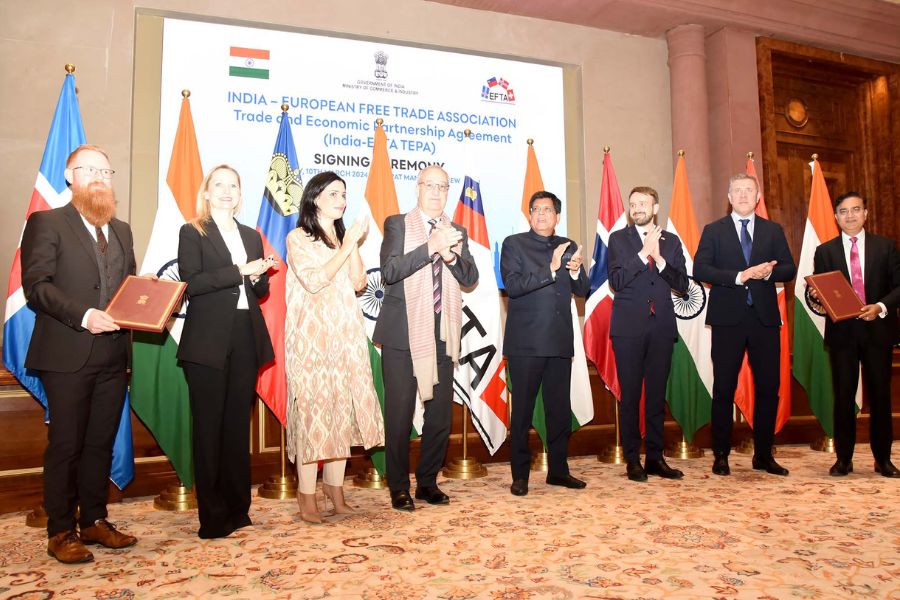




good information
The way you write make it truly simple to read. And the template you use, wow. This is a really good combination. And I am wondering what is the name of the theme you use?